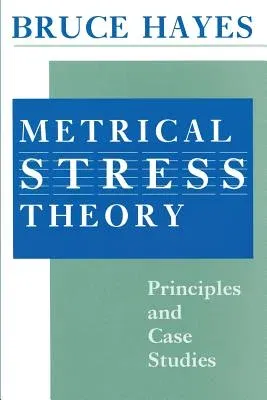In this account of metrical stress theory, Bruce Hayes builds on the
notion that stress constitutes linguistic rhythm--that stress patterns
are rhythmically organized, and that formal structures proposed for
rhythm can provide a suitable account of stress. Through an extensive
typological survey of word stress rules that uncovers widespread
asymmetries, he identifies a fundamental distinction between iambic and
trochaic rhythm, called the "Iambic/Trochaic law, " and argues that it
has pervasive effects among the rules and structures responsible for
stress.
Hayes incorporates the iambic/trochaic opposition into a general theory
of word stress assignment, intended to account for all languages in
which stress is assigned on phonological as opposed to morphological
principles. His theory addresses particularly problematic areas in
metrical work, such as ternary stress and unusual weight distinctions,
and he proposes new theoretical accounts of them. Attempting to take
more seriously the claim of generative grammar to be an account of
linguistic universals, Hayes proposes analyses for the stress patterns
of over 150 languages.
Hayes compares his own innovative views with alternatives from the
literature, allowing students to gain an overview of the field.
"Metrical Stress Theory" should interest all who seek to understand the
role of stress in language.

